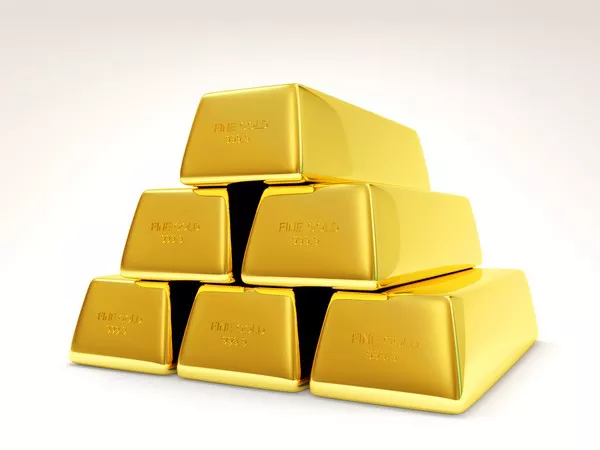Dental crowns have become a common and essential solution for restoring damaged or decayed teeth. Among the various materials used for dental crowns, gold remains a classic choice due to its durability, biocompatibility, and unique aesthetic appeal. However, many individuals are often left wondering about the actual worth of a gold tooth crown. Is it worth the investment, and what factors determine its value? In this article, we will explore the various aspects that contribute to the cost and worth of a gold tooth crown.
Understanding Dental Crowns
Before delving into the specifics of gold tooth crowns, it is crucial to have a basic understanding of dental crowns in general. Dental crowns are customized tooth-shaped caps that are placed over a damaged or weakened tooth to restore its strength, shape, size, and appearance. They are a versatile solution for various dental issues, such as decayed teeth, cracked teeth, misshapen teeth, and more.
Dental crowns can be made from various materials, including metal alloys, porcelain, ceramic, and resin. Each material offers different advantages and comes at a different price point. Gold, particularly in the form of a gold alloy, is one of the materials used for dental crowns.
The Value of Gold
Gold has held a significant place in human history and culture for centuries. Its rarity, malleability, and corrosion resistance have made it highly desirable, not only for jewelry but also for dental applications. When considering the worth of a gold tooth crown, it is essential to recognize that gold is a valuable and precious metal. The price of gold fluctuates on the global market, and this can have a direct impact on the cost of dental work involving gold.
Factors That Affect the Cost of a Gold Tooth Crown
Several factors come into play when determining the cost and worth of a gold tooth crown. It’s essential to consider these factors to make an informed decision about whether a gold crown is the right choice for your dental needs.
1. Type of Gold Alloy:
The type of gold alloy used for the crown plays a crucial role in its cost. Gold dental crowns are typically made from various gold alloys, such as high noble, noble, and non-noble alloys. High noble alloys contain a significant percentage of precious metals like gold, platinum, and palladium, making them the most expensive option. Noble alloys contain a lower percentage of precious metals, while non-noble alloys are the most budget-friendly choice.
2. Labor and Materials:
The labor and materials involved in creating a gold tooth crown contribute to its cost. A skilled dentist and a reputable dental laboratory are essential for crafting a high-quality crown that fits perfectly and looks natural. Additionally, the cost of gold itself, which is determined by its market price, affects the overall expense.
3.Crown Size and Complexity:
The size and complexity of the tooth being crowned also impact the cost. Larger and more intricate restorations may require more gold and labor, leading to higher costs. For example, a gold crown for a molar tooth will generally cost more than one for a front tooth due to the increased material required.
4. Geographic Location:
The cost of dental procedures, including gold crowns, can vary significantly based on geographic location and local economic factors. Dental services in metropolitan areas tend to be more expensive than those in rural areas.
5. Dental Insurance Coverage:
Dental insurance plans may cover a portion of the cost of a gold tooth crown, depending on your policy and the reason for the crown (e.g., restorative or cosmetic). It’s essential to check with your insurance provider to understand your coverage and potential out-of-pocket expenses.
6. Additional Treatments:
In some cases, additional treatments may be required before the placement of a dental crown, such as root canal therapy or tooth extraction. These procedures can add to the overall cost of the dental work.
The Worth of a Gold Tooth Crown
Now that we’ve explored the factors influencing the cost of a gold tooth crown, let’s discuss its worth. The worth of a gold tooth crown extends beyond its monetary value and encompasses several important aspects:
Durability and Longevity:
Gold crowns are renowned for their durability and longevity. They can withstand the forces of chewing and grinding for many years, often outlasting other crown materials. While the initial cost may be higher, their extended lifespan can make them a cost-effective choice in the long run.
Biocompatibility:
Gold is biocompatible, meaning it is well-tolerated by the body and does not trigger adverse reactions or allergies. This makes gold crowns suitable for individuals with metal sensitivities or allergies to other dental materials.
Aesthetic Appeal:
Gold tooth crowns have a distinct and attractive appearance. Some individuals prefer the warm, natural glow of gold, especially for molars where esthetics may be less critical. Gold crowns can blend well with natural teeth and provide a unique aesthetic choice.
Preservation of Tooth Structure:
Gold crowns require less removal of tooth structure compared to some other materials, such as porcelain crowns. This preservation of natural tooth structure can be an important consideration when deciding on a restoration option.
Conclusion
In summary, the worth of a gold tooth crown is determined by various factors, including the type of gold alloy used, labor and materials, crown size and complexity, geographic location, dental insurance coverage, and additional treatments. While the initial cost of a gold crown may be higher than other materials, its durability, biocompatibility, unique aesthetics, and potential long-term cost-effectiveness make it a valuable option for many individuals.
Ultimately, the decision to invest in a gold tooth crown should be made in consultation with your dentist, taking into consideration your specific dental needs, budget, and aesthetic preferences. Regardless of the material chosen, the primary goal is to restore and maintain your oral health, ensuring a confident and functional smile for years to come.


